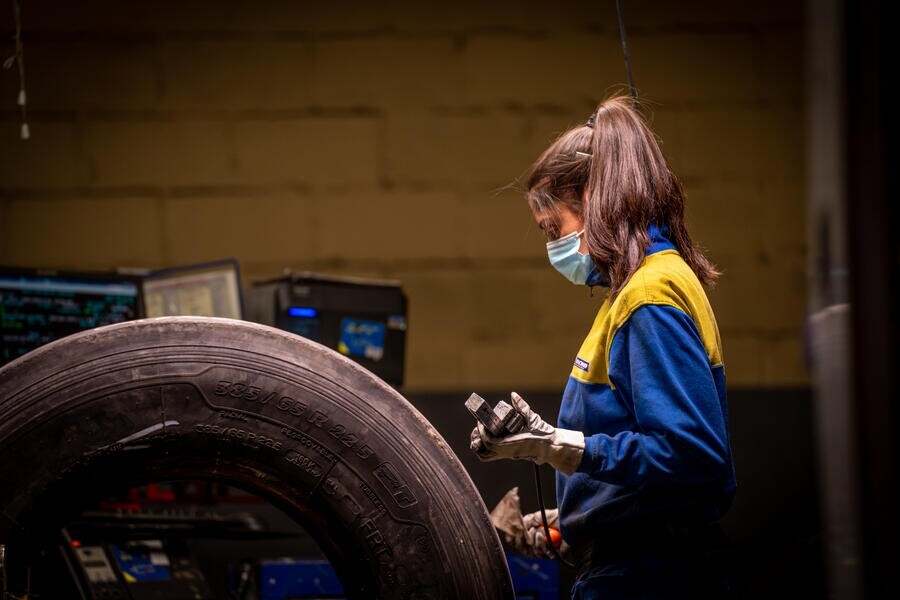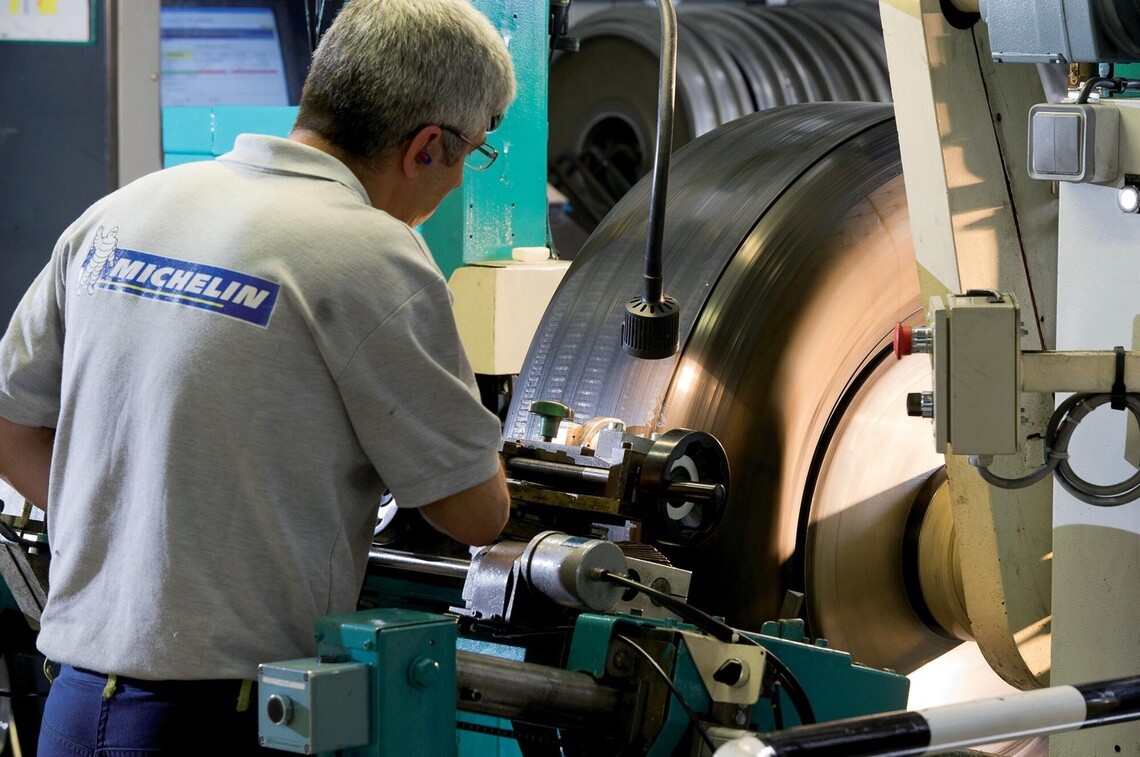
Tyre retreading banner
Tyre Retreading: Eco-Friendly Innovation for a Healthier Environment
Published on 10 January 2025 - 5 minute(s) read

tyre retreading sustainable solution 1
Tyre retreading is an innovative process that breathes new life into worn-out tyres, offering a sustainable solution to the growing environmental concerns associated with tyre disposal. This article explores the tyre retreading process, the meaning of tyre retreading, its benefits, and its significant impact on sustainability and the environment.
What is Tyre Retreading?
Tyre retreading involves refurbishing used tyres by replacing the worn tread with a new one. This process extends the life of the tyre, making it a cost-effective and environmentally friendly alternative to producing new tyres. Understanding the tyre retreading meaning is crucial for appreciating its environmental and economic benefits.
The Tyre Retreading Process
The tyre retreading process includes several steps:
1. Inspection: Used tyres are thoroughly inspected to ensure they are suitable for retreading.
2. Buffing: The old tread is removed, and the tyre is prepared for a new tread.
3. Building: A new tread is applied to the tyre.
4. Curing: The tyre is placed in a curing chamber where heat and pressure bond the new tread to the tyre.
5. Final Inspection: The retreaded tyre undergoes a final inspection to ensure it meets quality standards.

tyre retreading sustainable solution 2
Benefits of Tyre Retreading
- Environmental Impact: Retreading significantly reduces the number of tyres that end up in landfills, lowering the environmental footprint.
- Resource Conservation: It conserves raw materials like rubber and oil, which are required to manufacture new tyres.
- Cost-Effectiveness: Retreaded tyres are generally cheaper than new tyres, providing economic benefits to consumers and businesses.
- Energy Efficiency: The retreading process consumes less energy compared to the production of new tyres, resulting in lower greenhouse gas emissions.
Tyre Retreading and Sustainability
Retreading tyres is a key component of sustainable practices in the automotive industry. By extending the life of tyres, retreading helps in reducing waste and conserving natural resources. It also supports the circular economy by promoting the reuse and recycling of materials.

tyre retreading sustainable solution 3
How Does Retreading Tyres Affect the Environment?
Retreading tyres has a positive impact on the environment by:
- Reducing waste: Fewer tyres are discarded, leading to less landfill waste.
- Lowering emissions: The process emits fewer greenhouse gases compared to manufacturing new tyres.
- Conserving resources: It saves raw materials and energy, contributing to resource conservation.
Why This Matters to You
Choosing retreaded tyres isn't just an environmentally conscious decision; it's a smart financial move. Here’s why it matters to you:
- Save Money: Retreaded tyres are more affordable than new ones, helping you save on vehicle maintenance costs without compromising on safety or performance.
- Support Sustainability: By opting for retreaded tyres, you contribute to reducing waste and conserving resources, playing a part in the global effort to protect our planet.
- Quality Assurance: Retreaded tyres undergo rigorous inspection and testing, ensuring they meet high safety and performance standards. You can drive with confidence knowing your tyres are reliable.
- Community Impact: Supporting tyre retreading businesses helps create jobs and promotes local economies. Your choice can have a positive ripple effect in your community.
Tyre retreading is an eco-friendly innovation that offers numerous environmental benefits. By choosing retreaded tyres, consumers can contribute to a healthier environment while enjoying the economic advantages of this sustainable practice.
Make a difference today by considering retreaded tyres for your vehicle – it's a small change that can have a big impact.
FAQ on Retreading Tyres
Retreading tyres significantly reduces environmental impact by conserving raw materials and reducing waste. It extends the life of tyres, meaning fewer tyres need to be produced and disposed of, which helps lower carbon emissions and landfill use.
Retreading a tyre involves replacing the worn tread of a used tyre with new tread. This process allows the tyre to be reused, providing a cost-effective and environmentally friendly alternative to buying new tyres.
Michelin ensures the quality of retreaded tyres through rigorous inspection and testing processes. They use advanced technology and strict quality control measures to ensure that retreaded tyres meet the same safety and performance standards as new tyres.
Yes, the retreading process is environmentally friendly. It reduces the need for raw materials, lowers energy consumption, and decreases the number of tyres that end up in landfills. By extending the life of tyres, retreading helps minimize the overall environmental footprint of tyre production and disposal.
Feel free to ask if you have more questions or need further details!

gettyimages 930571046
car going fast on a road by night




